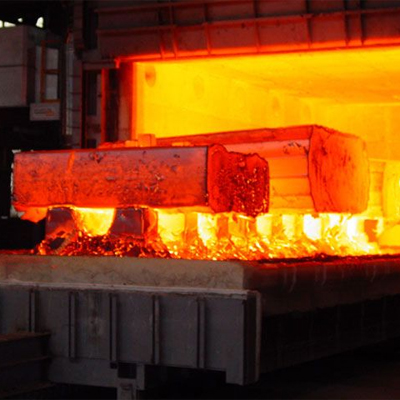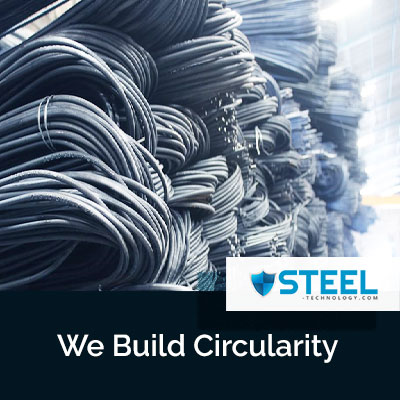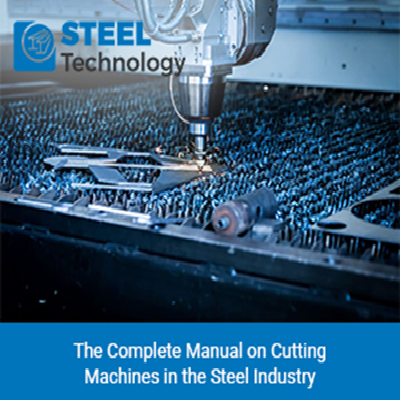Breathing New Life into Steel: Innovations in Air Treatment for Industry

Introduction:
The steel industry stands at the core of modern civilization, providing the structural backbone for buildings, infrastructure, and machinery. However, steel production comes with significant environmental challenges, particularly in air quality management. In recent years, innovations in air treatment technologies have emerged as a beacon of hope, aiming to mitigate the industry's environmental impact while enhancing operational efficiency. This article delves into the latest advancements in air treatment for the steel industry, highlighting their significance and potential impact.
A. Air Quality Challenges in Steel Industry:
Steel production processes, such as smelting and refining, release pollutants like particulate matter, sulfur dioxide (SO2), nitrogen oxides (NOx), and volatile organic compounds (VOCs) into the atmosphere. These pollutants contribute to air pollution, smog formation, acid rain, and pose health risks to both workers and nearby communities. Addressing these challenges requires comprehensive air treatment solutions tailored to the unique needs of steel manufacturing facilities.
B. Innovations in Air Treatment:
1. Particulate Matter Control:
- Electrostatic Precipitators (ESPs) and Fabric Filters: These technologies efficiently capture particulate matter, including dust and soot, from flue gases emitted during steel production.
- Advanced Filtration Media: Innovative filter materials with enhanced particulate capture capabilities are being developed to improve air quality standards.
2. SO2 and NOx Reduction:
- Flue Gas Desulfurization (FGD) Systems: FGD systems remove sulfur dioxide from exhaust gases, reducing acid rain formation and sulfur emissions.
- Selective Catalytic Reduction (SCR): SCR systems target nitrogen oxides, converting them into harmless nitrogen and water vapor through catalytic reactions.
3. VOCs Abatement:
- Thermal Oxidizers: These systems use high temperatures to oxidize volatile organic compounds, ensuring compliance with air quality regulations.
- Adsorption Technologies: Advanced adsorbents like activated carbon effectively capture VOCs, preventing their release into the atmosphere.
4. Energy-Efficient Solutions:
- Heat Recovery Systems: Integration of heat exchangers and recovery units enables the recovery of thermal energy from exhaust gases, improving energy efficiency.
- Variable Frequency Drives (VFDs): VFDs control the speed of motors and fans, optimizing energy consumption in air treatment equipment.
C. Benefits and Impact:
- Environmental Sustainability: Adoption of advanced air treatment technologies reduces emissions, minimizes environmental footprint, and supports sustainable steel production practices.
- Regulatory Compliance: Compliance with stringent air quality regulations and emission standards ensures industry adherence to environmental norms.
- Operational Efficiency: Improved air quality leads to enhanced equipment performance, reduced downtime, and lower maintenance costs, contributing to overall operational efficiency.
- Health and Safety: Cleaner air in and around steel plants promotes a healthier work environment for employees and reduces health risks for nearby communities.
D. Technological Advancements and Research Initiatives:
Ongoing research and development efforts in air treatment for the steel industry are driving innovation and shaping the future of environmental sustainability.
Nanotechnology Applications:
Researchers are exploring the potential of nanomaterials in air treatment systems, leveraging their high surface area and reactivity to enhance pollutant capture efficiency. Nanotechnology-enabled filters and catalysts show promise in improving air quality standards while minimizing energy consumption.
Integration of IoT and AI:
The integration of Internet of Things (IoT) devices and Artificial Intelligence (AI) algorithms in air treatment equipment enables real-time monitoring, predictive maintenance, and optimization of system performance. Smart sensors provide actionable insights, allowing steel plants to proactively address air quality issues and optimize resource utilization.
Carbon Capture and Utilization (CCU):
Carbon capture technologies coupled with utilization strategies offer a dual benefit of reducing greenhouse gas emissions and producing valuable by-products. Steel plants exploring CCU solutions can contribute to carbon neutrality goals while creating additional revenue streams from captured carbon utilization.
E. Global Collaborative Initiatives: International collaborations and knowledge-sharing platforms play a pivotal role in accelerating the adoption of sustainable air treatment practices across the global steel industry.
- Industry Consortia and Partnerships: Consortia such as the Global Steel Innovation Forum and partnerships between steel manufacturers, technology providers, and research institutions foster collaborative innovation. Joint research projects, pilot implementations, and best practice sharing initiatives drive continuous improvement in air treatment technologies.
- Regulatory Harmonization and Standards Development: Alignment of air quality regulations and emission standards on a global scale promotes consistency and encourages investment in advanced air treatment solutions. Harmonized standards facilitate technology transfer, adoption, and scalability of best practices across borders.
Future Outlook:
The future of air treatment in the steel industry lies in continued research and development of advanced technologies, including artificial intelligence (AI)-driven monitoring systems, predictive maintenance algorithms, and synergistic integration of multiple air treatment processes for optimal performance. Collaboration between industry stakeholders, regulators, and technology providers will play a crucial role in driving innovation and fostering sustainable practices across the steel sector.
Conclusion:
Innovations in air treatment are revolutionizing the steel industry's approach to environmental stewardship and operational excellence. As stakeholders continue to invest in research, technology development, and collaborative initiatives, the vision of a sustainable, low-emission steel sector becomes increasingly attainable. It is imperative for industry leaders, policymakers, and stakeholders to prioritize air quality management, leverage cutting-edge solutions, and embrace a collective responsibility towards building a cleaner, greener future for generations to come.











